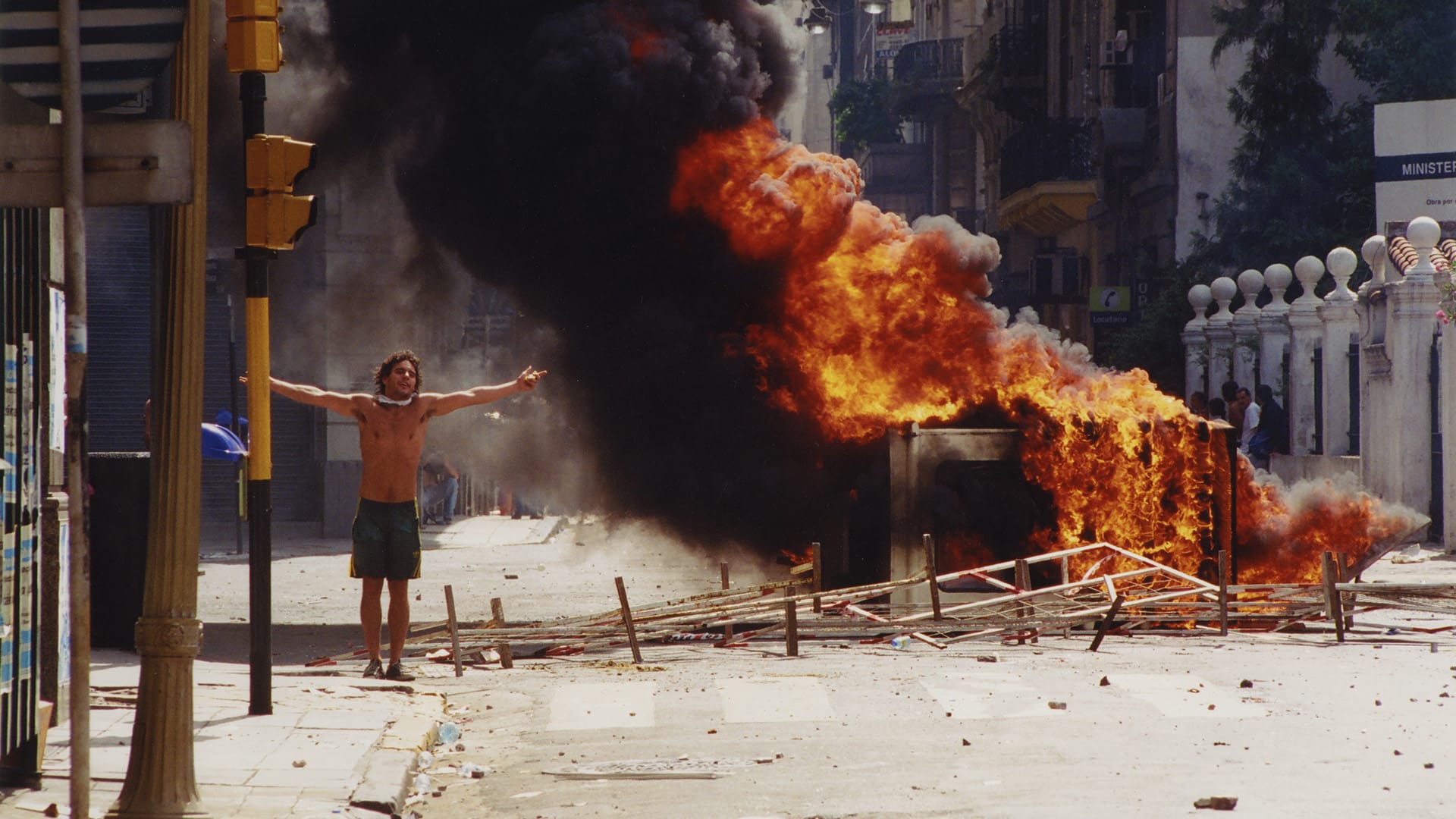An exhibition at the Photographers’ Gallery presents the work of seventy photographers and artists who witnessed social upheavals in Latin America. From totalitarian regimes and the rise of consumer society, the exhibition offers a visual narrative of a singular, tense period in history.

You’re getting blind.
Don’t miss the best of visual arts. Subscribe for $9 per month or $108 $90 per year.
Already suscribed ?



